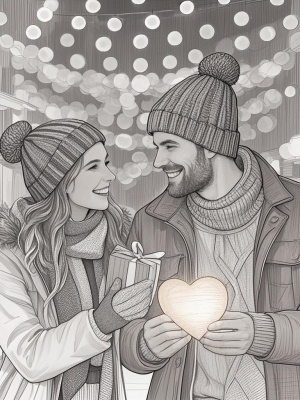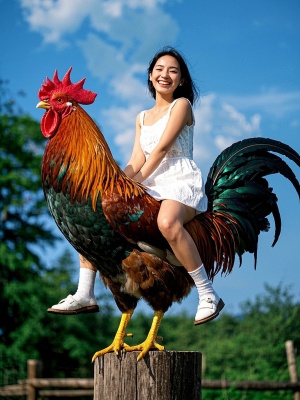The Art and Technique of Scenery Painting: A Comprehensive Guide
Introduction to Scenery Art Painting
Scenery art painting, also known as landscape painting, is one of the most beloved genres in visual arts. It captures the beauty of nature, urban environments, and everything in between. From the majestic mountains to serene lakes, scenery painting allows artists to express their connection with the world around them. Whether you're a beginner or an experienced artist, understanding the fundamentals of scenery painting can elevate your artistic skills.
Essential Techniques for Scenery Painting
1. Composition and Perspective
Creating a compelling scenery painting starts with a strong composition. Artists must consider the rule of thirds, leading lines, and focal points to guide the viewer's eye. Perspective is equally important, as it adds depth and realism to the artwork. Using techniques like atmospheric perspective—where distant objects appear lighter and less detailed—can enhance the three-dimensional effect.
2. Color Theory and Lighting
Mastering color theory is crucial for scenery painting. Natural light changes throughout the day, affecting the colors in a landscape. For example, warm hues dominate during sunrise and sunset, while cooler tones prevail at midday. Understanding how to mix colors and create harmonious palettes will bring your scenery paintings to life.
3. Brushwork and Texture
The choice of brushes and brushstrokes can significantly impact the texture of your painting. For instance, broad strokes work well for skies and water, while fine details like leaves or rocks require smaller brushes. Experimenting with different techniques, such as dry brushing or glazing, can add variety and richness to your work.

Common Challenges and Solutions in Scenery Painting
Scenery painting comes with its own set of challenges. Below is a problem-solution matrix to help artists overcome common hurdles:

- Problem: Flat or lifeless landscapes
- Solution: Incorporate varying textures and layers to create depth.
- Problem: Unrealistic lighting
- Solution: Study real-life references and observe how light interacts with different surfaces.
- Problem: Overcomplicated compositions
- Solution: Simplify the scene by focusing on key elements and eliminating distractions.
The Role of Technology in Modern Scenery Painting
With advancements in digital tools, artists now have more options than ever. AI-powered platforms like MediaAI offer innovative ways to enhance traditional scenery painting techniques. For example, AI can generate realistic landscapes based on text prompts or assist in color correction. However, traditional methods remain invaluable for developing foundational skills.
Inspiration from Famous Scenery Painters
Studying the works of renowned artists can provide valuable insights. Here are three masters of scenery painting:

- Claude Monet: Known for his impressionistic landscapes that capture light and atmosphere.
- Thomas Cole: A pioneer of the Hudson River School, famous for his dramatic American landscapes.
- J.M.W. Turner: Celebrated for his expressive use of color and light in seascapes and cityscapes.
Conclusion: The Timeless Appeal of Scenery Painting
Scenery art painting continues to captivate audiences and artists alike. Whether through traditional mediums or modern digital tools, the genre offers endless opportunities for creativity. By mastering techniques, overcoming challenges, and drawing inspiration from the greats, anyone can create breathtaking landscape art. For more insights, explore our AI Painting Guide to discover how technology is shaping the future of art.
For further reading on landscape painting techniques, visit Tate's guide to landscape art.